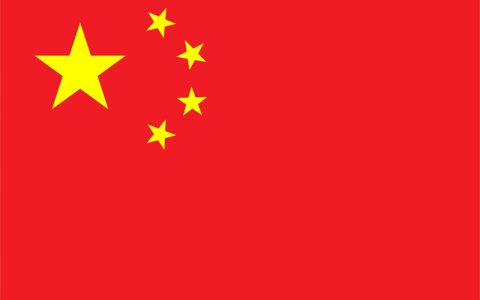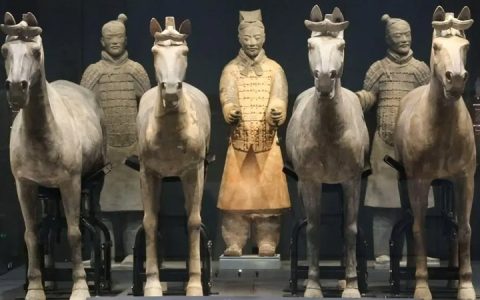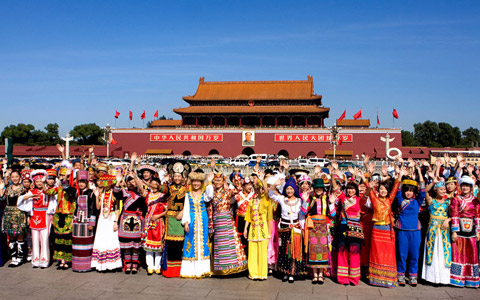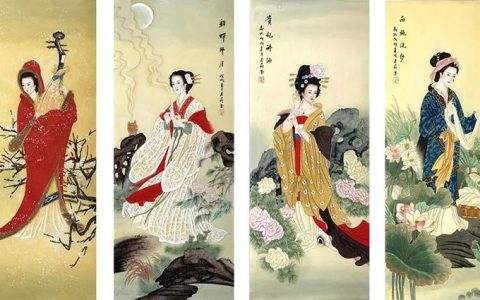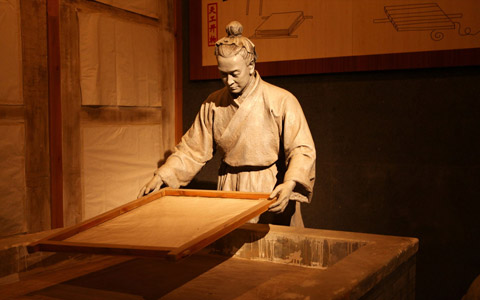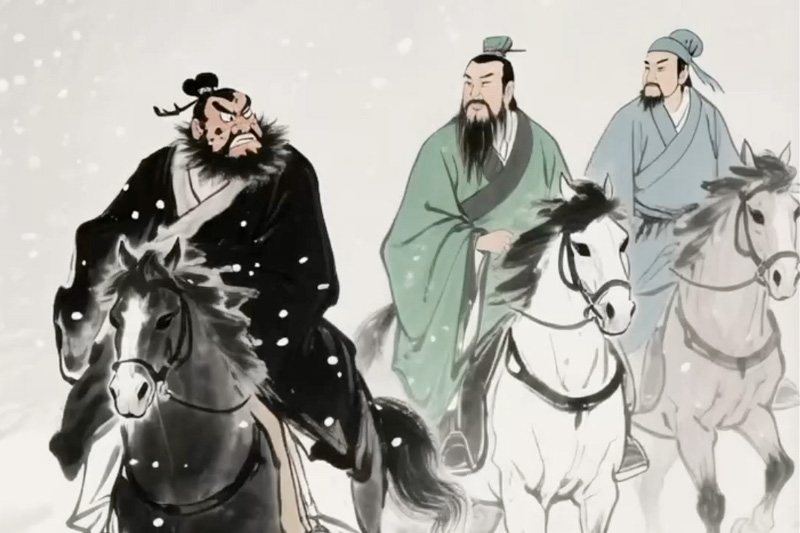
1. Historical Overview: From Turmoil to Tripartite Division
The Three Kingdoms Period (220 AD – 280 AD) was a pivotal era in Chinese history, situated between the Eastern Han Dynasty and the Western Jin Dynasty. It was defined by the coexistence and rivalry of three major regimes: Cao Wei, Shu Han, and Sun Wu. This 61-year period of division emerged from the collapse of Han central authority and culminated in national reunification under the Jin Dynasty.
The origins of the Three Kingdoms can be traced to the late Eastern Han Dynasty. Political corruption, exacerbated by power struggles between eunuchs and imperial relatives, combined with frequent natural disasters, sparked the Yellow Turban Rebellion in 184 AD. To suppress the rebellion, the imperial court granted local governors sweeping military and administrative powers, inadvertently fostering warlord separatism. After the chaos of Dong Zhuo’s usurpation of power, warlords like Yuan Shao, Cao Cao, Liu Bei, and Sun Jian (father of Sun Quan) vied for territory, plunging the nation into civil war.
2. The Formation of the Tripartite Balance of Power
3. Key Figures, Battles, and Regime Characteristics
Core Representatives of Each Regime
Decisive Battles
4. Culture, Technology, and Historical Legacy
Despite the constant warfare, the Three Kingdoms Period witnessed remarkable advancements in culture and technology.
In culture and literature, the period gave rise to Jian’an Literature, exemplified by the works of Cao Cao, Cao Pi, and Cao Zhi—the “Three Caos”—which reflected the era’s heroism and pathos. Zhuge Liang’s Chu Shi Biao (“Memorial on Sending Out the Troops”) remains a renowned piece of prose celebrated for its loyalty and sincerity. In philosophy, the foundation of Xuanxue (Neo-Taoism) was laid, influencing Chinese thought for centuries.
In science and technology, Zhuge Liang invented the “wooden ox and flowing horse” (a specialized transport for mountainous terrain) and the repeating crossbow. The physician Zhang Zhongjing authored Treatise on Febrile and Miscellaneous Diseases, a cornerstone of traditional Chinese medicine, while Hua Tuo pioneered surgical techniques using anesthesia. Economically, Shu Han’s brocade was a prized commodity in regional trade, and Sun Wu’s shipbuilding industry facilitated maritime exchanges with Southeast Asia.
5. The End of the Three Kingdoms and Its Historical Impact
The Three Kingdoms Period’s influence extends far beyond its historical timeframe. Chen Shou’s Records of the Three Kingdoms provides the authoritative historical account, while Luo Guanzhong’s Romance of the Three Kingdoms—a later literary masterpiece—has immortalized figures like Zhuge Liang (symbolizing wisdom) and Guan Yu (epitomizing loyalty). These cultural symbols remain deeply ingrained in Chinese society. Politically, Cao Wei’s “Nine-Rank System” shaped official selection for centuries, and the era’s ethnic migrations laid groundwork for later cultural fusion.

